by Bridgette Meinhold, 09/08/09

A bubbly new soccer and rugby stadium is popping up in Melbourne that will feature a highly engineered exterior structure combined with many sustainable features. Designed by Cox Architects, the Melbourne Rectangular Stadium is a marvel of architecture and engineering with it’s bubble-like facade inspired by Buckminster Fuller’s geodesic dome. Construction is fully underway, allowing a glimpse into how the cantilevered structure is being put together.

When completed in 2010, the stadium will seat 30,000 spectators as they watch both the Melbourne Victory Soccer Team and the Melbourne Storm Rugby Club. The stadium will also house a sports medicine facility and many administrative offices for the city’s sports organizations. The stadium’s design was inspired by thegeodesic dome and it features a unique cantilever design that provides shelter for the spectators without inhibiting their view of the game below.
The structure’s roof is skinned with a triangular panelized facade that uses 50% less steel than a typical cantilevered roof structure. The envelope is currently composed of combination of glass, metal and louvres, and in the future the architects hope to integrate photovoltaic thin-film into the design. During construction scaffolding is in place to put the domes together and once completed the scaffolding can be taken off and the structure will support itself. The dome will be lit up by thousands of LED lights and also feature rainwater collection, natural lighting, and natural ventilation.
+ Cox Architects
Via designboom
Chủ nhật, ngày 13 tháng chín năm 2009
FOA house
| FOA house |  |
The project is planned as a square plan pavilion with 10 meter side for el Clarín, located in the meadow, without dominant directions with the access emptying out of the cobble stone path flanking the train viaduct.
 Photography: Claudio Manzoni
Photography: Claudio ManzoniA building whose enclosure is of emerald glass suggesting forms without defining them, cut as well by transparent vertical tears arranged randomly to allow one to appreciate the remnants of the surroundings, images like vertical paintings that are recomposed creating a controlled reality. The process is like reading a newspaper, one goes cutting and pasting information intentionally.

At night the situation is inverted, the space is converted into a box of light with vertical windows that permit the decomposition and arming of fragments of the interior possessing a single eccentric column and roof that is raised toward the perimeter characterizing the space as a as a place of non-existent covering, accentuating the interior light.

The presence of the luminous walls with the transparencies that vertically cut to the surroundings, helps to give the sensation of levity as everything appears to float. The furnishings of the library are armed with pieces of different woods with triangular tables for the reference computers and two long wood benches.

The floor is made of separated wood boards forming an apparent deck over the tracks of the train that passes through the sight literally traversing the space. The exterior facades have a system of movable aluminum vertical elements from Hunter Douglas with two colors rotating with the wind, converting this building to an organism with a changing movement of colors and reflections.
The metal structure is supported over a foundation beam that is the support for the enclosure.
The pivoting door is of size that allows it to be perceived as an architectural element more than a functional security mechanism. It separates the entrance and exit as well as signals the access from a distance when it remains open.
The metal structure is supported over a foundation beam that is the support for the enclosure.
The pivoting door is of size that allows it to be perceived as an architectural element more than a functional security mechanism. It separates the entrance and exit as well as signals the access from a distance when it remains open.

Mathías Klotz Architect, Pontificia Universidad Católica de Chile, 1991. Winner of the Borromini Prize for Architects under 40, 2001 and first prize in the Biennial of Buenos Aires with de FOA house, 2008. He has been a studio professor of architecture in Santiago and Valparaíso. He has been a guest professor in Italy, Spain and Mexico. His works have been published and exposed in Europe, America and Asia. Since 2003 he has been Dean of the School of Architecture, Art and Design at the Universidad Diego Portales in Santiago.
Thứ sáu, ngày 24 tháng tư năm 2009
Pentagon Memorial / KBAS Studio
10
सेप 2008
By David Basulto [tricky] — Filed under: Featured , Monuments and Memorials , Selected , Uncategorized ,Steel, USA
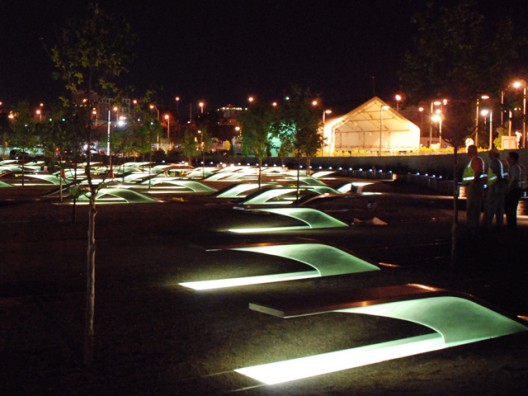
The Pentagon memorial will be inaugurated tomorrow, 7 years after 9/11. This memorial is the result of a competition won by KBAS Studio, who worked closely with the familiars of the victims. Pre fabrication and computer modelling where vital on the design and construction process of this memorial. More pictures after the architect’s statement.
“Like many people, from the moment we witnessed and learned of the horrific loss of life on the morning of September 11, 2001, we simply wished to extend our hearts to those whose lives had changed forever. Words will never describe how honored we feel to have played such a significant role in the Pentagon Memorial. It has been a true privilege to be part of a stellar team, and to have worked so closely with so many people who gave the project their absolute best. Further, we will forever be inspired by the strength and determination that carries all of the family members we have come to know so well over the past 6 years. Thousands of people contributed to this place so that its contemplative integrity will persist into the distant future and with its dedication, the Pentagon Memorial will take on its own life, attracting meaning and contemplative interpretation from all of those who visit this special place.”
Keith Kaseman
Julie Beckman
Project Description
Adjacent to the point of impact of American Airlines Flight 77, the Pentagon Memorial is a place like no other. Inviting personal interpretation on the part of the visitor, the Memorial provokes thought yet does not prescribe what to think or how to feel. Both individual and collective in nature, the Memorial intends to record the sheer magnitude of that tragic day by embedding layers of specificity that begin to tell the story of those whose lives were taken.
Organized by a timeline based on the ages of these individuals, 184 Memorial Units are uniquely placed along Age Lines parallel with the trajectory of Flight 77– each marking a birth-year, ranging from 1998 to 1930. Highly articulate in its form and placement, the Memorial Unit is the heart of the project, as each Unit demarcates a special place dedicated to each individual. As such, directional orientation inherent to the cantilevered Unit provides specificity to whether an individual was aboard Flight 77 or in the Pentagon at the time of impact. Each individual’s name is engraved at the end of the cantilever, hovering above a pool of water that glows with light at night. Fully designed in a 3-dimensional computer modeling environment, the Memorial Unit will be produced through Computer Numerically Controlled (CNC) technologies and cast in a highly specialized Stainless Steel.
These Memorial Units are dispersed throughout a tactile, sensory driven environment with all materials contributing to an emphasis on life. A porous stabilized gravel system will not only allow visitors to hear their own footsteps and those of others, but also allows the grove of trees to thrive and grow directly through the gravel without protective grates. Consistently shading the Memorial Units, brilliant Paperbark Maples will create a dynamic canopy of light and color throughout the day and seasons. Planted as healthy saplings, elegantly exfoliating bark will register their growth into the future. Finally, the Memorial Park is surrounded by a continuous perimeter bench which is backed by a soft border of ornamental grasses.
When combined with the Memorial Units, there is over 2,100 linear feet of seating throughout the Memorial.
- Photo by KBAS
- Photo by KBAS
- Photo by KBAS
- Photo by KBAS
- Photo by KBAS
- Photo by KBAS
- Photo by KBAS
- Photo by KBAS
- Photo by KBAS
- Photo by KBAS
- Photo by Eddie Hidalgo
- Photo by KBAS
- Photo by KBAS
- Computer model
- Site plan
- Aerial photo
- Photo by KBAS
- Photo by Advanced Pattern Works
- Photo by KBAS
- Photo by KBAS











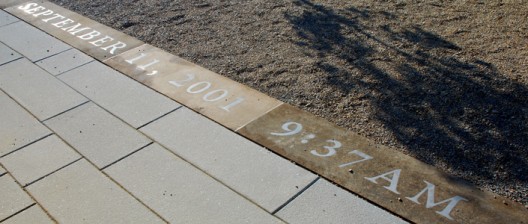
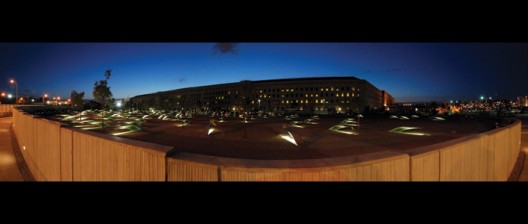
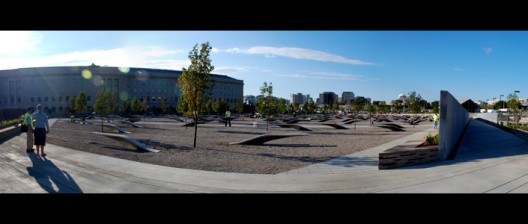
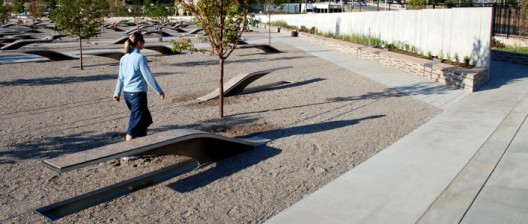
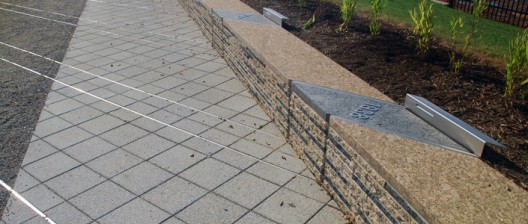
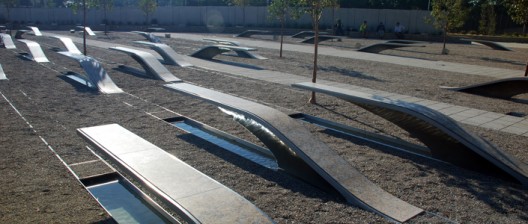
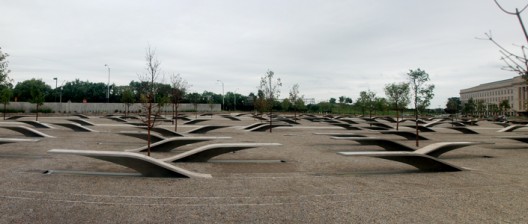
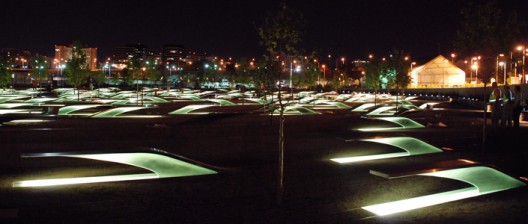
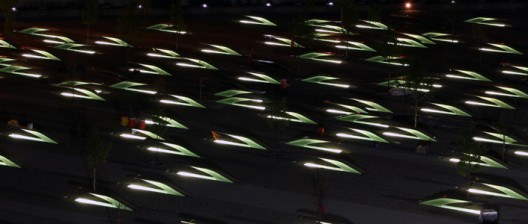
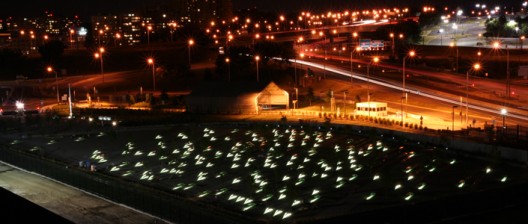
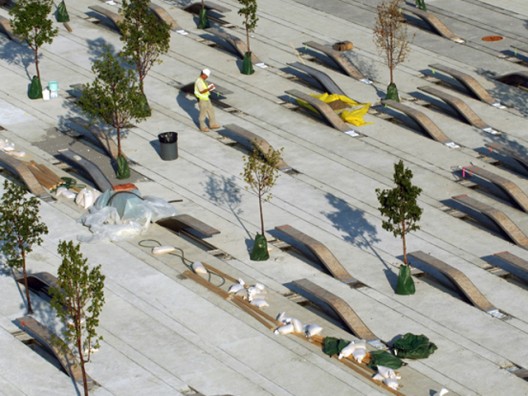
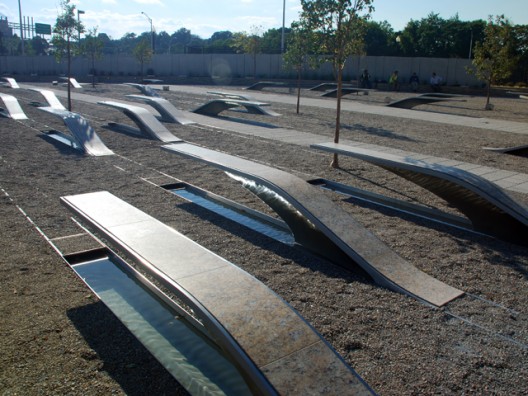
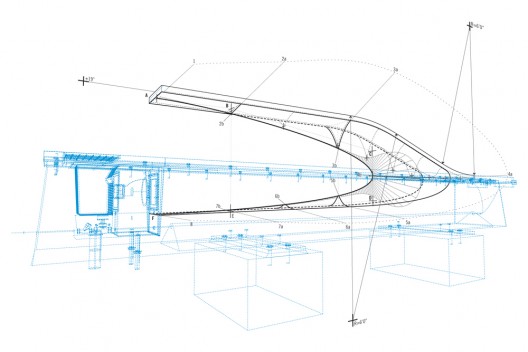

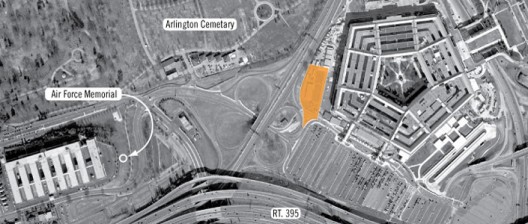
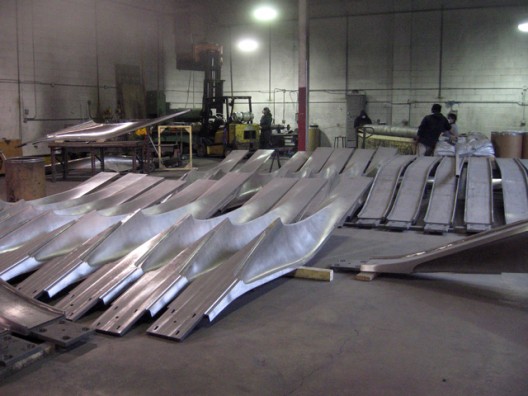
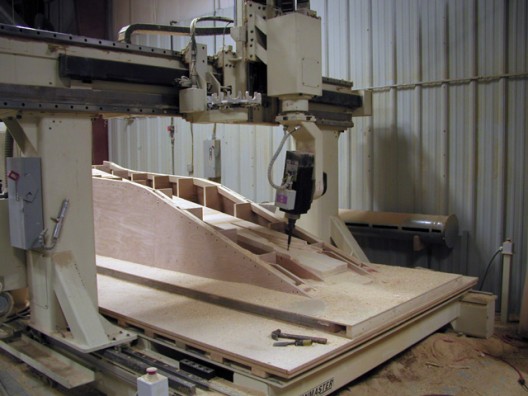
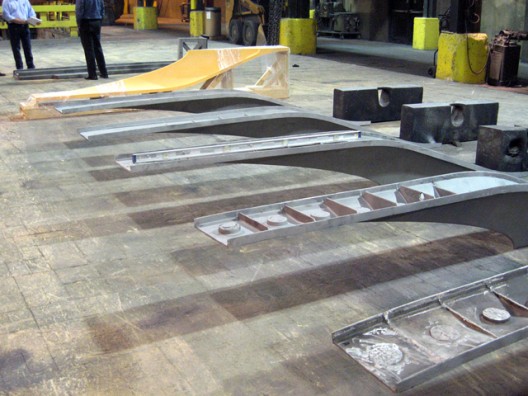
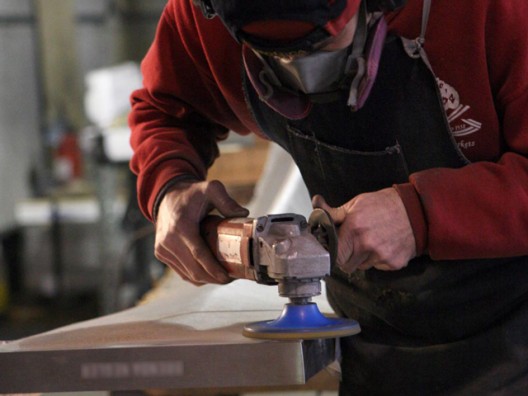
Không có nhận xét nào:
Đăng nhận xét